Hebrew: אשל קטן פרחים, Arabic: أثل قليل الأزهار
| Scientific name: | Tamarix parviflora DC. | |
| Synonym name: | Tamarix cretica Bunge | |
| Common name: | Saltcedar, Smallflower tamarisk | |
| Hebrew name: | אשל קטן פרחים | |
| Arabic name: | أثل قليل الأزهار | |
| Family: | Tamaricaceae, אשליים |
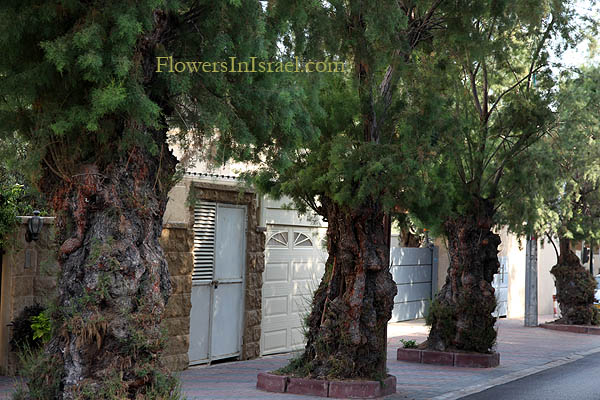
Location:Herzliya Pituach, HaEshel street |
| Life form: | Tree | |
| Leaves: | Alternate, scale; sessile with narrow base, 2-2.5 mm long | |
| Inflorescence: | Vernal inflorescences, in dense clusters along the stems; the racemes 1.5-4 cm long, 3-5 mm broad | |
| Flowers: | small white flowers, 4 petals 1-2 mm long, 4 stamens | |
| Fruits / pods: | Small 3-valved capsule; seeds are very small and bear an apical pappus of hygroscopic hairs | |
| Flowering Period: | March, April, May, June | |
| Habitat: | Desert, Salty habitats | |
| Distribution: | Mediterranean Woodlands and Shrublands, Deserts and extreme deserts | |
| Chorotype: | Mediterranean | |
| Summer shedding: | Perennating |
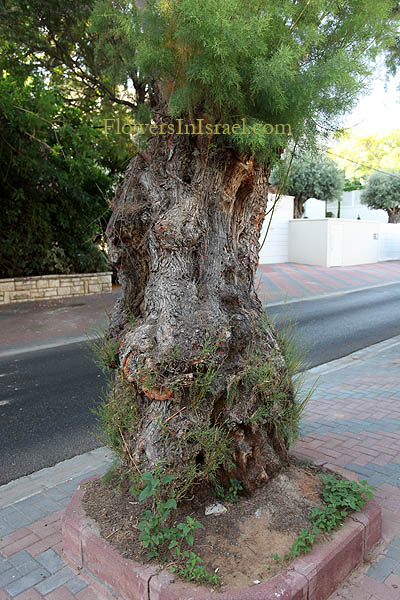
Location:Herzliya Pituach, HaEshel street Derivation of the botanical name: Tamarix, the Latin name for this plant derived from the Tamaris River in Spain. parviflora, parvus, small, little, insignificant; florus, floreo, to bloom, to flower; small flowered. saltcedar, derives from the superficial resemblance of the leaves to Juniperus which is commonly called 'cedar.' The Hebrew name:אשל, eshel, ʾḗšel, Akkadian: ašlu; Ugaritic: Eshel; Aramaic אַתְלָא, (atla); Arabic أَثْل (ʾaṯl).
No less than seven species of Tamarisk are found in Palestine, and several of them in great abundance." 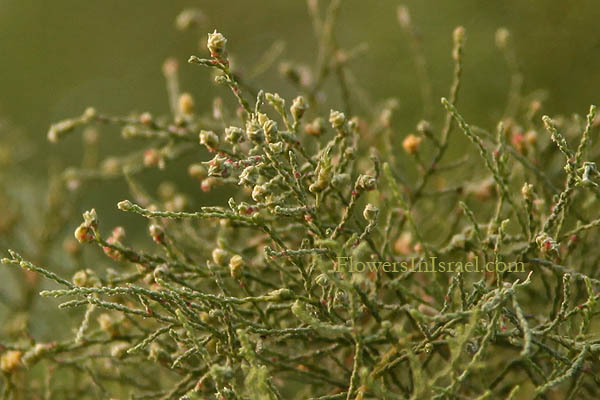
Location:Herzliya Pituach, HaEshel street 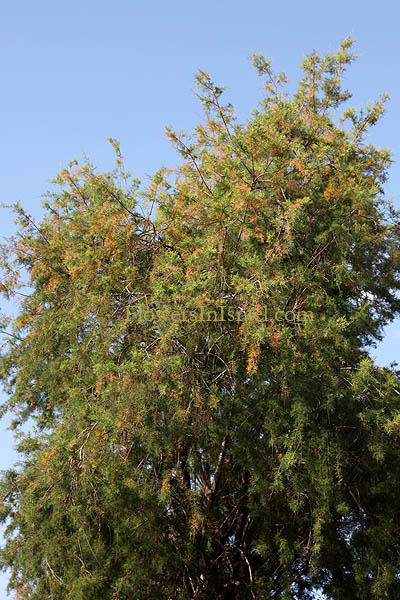
Location:Hezliya Pituach, HaEshel street; Date Picture Taken: June 6, 2009 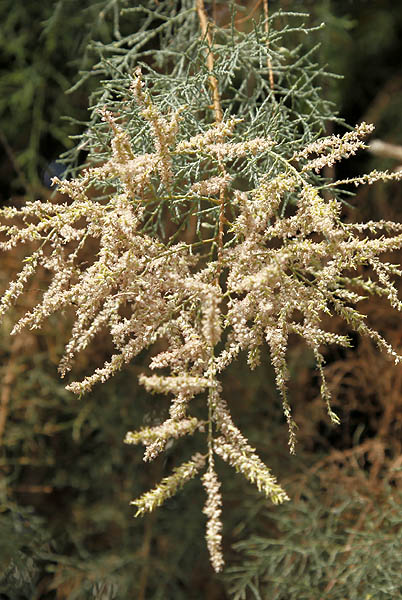
Location:Herzliya Pituach, HaEshel street |